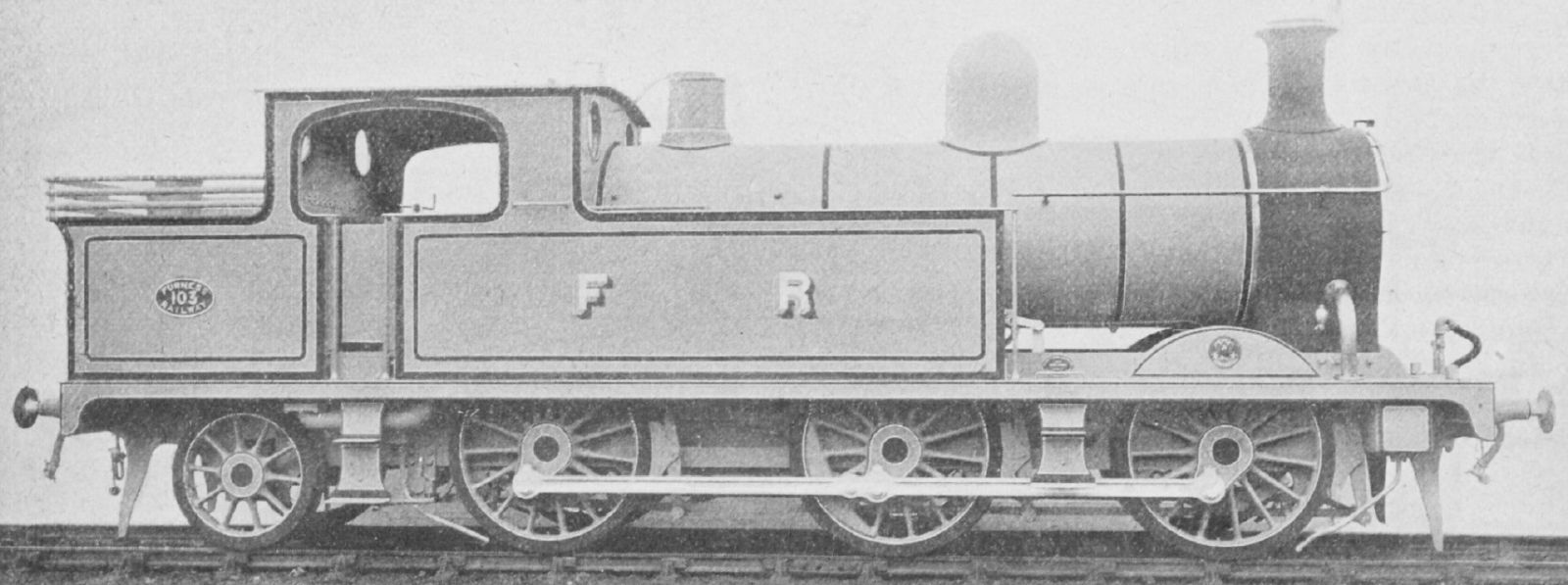William Frank Pettigrew, who had taken up the post of Chief Engineer at the Furness in 1896, was tasked with designing a powerful locomotive for mineral service. The solution was a six-coupled tank locomotive with a trailing axle, known in Britain as a “radial tank”. It was also given the name “Cleator Tank” because it was primarily intended for use on the Cleator and Workington Junction Railway in West Cumberland.
The boiler, cylinders and driving wheels were used almost unchanged from the standard class 7 freight locomotive. These were 0-6-0 tender locos, which became known as the class D3 in the works of Bob Rush. The Cleator Tanks of the first series were built only three times by Sharp, Stewart & Co. with the numbers 112 to 114 and were later given the designation L1 by Rush.
In 1904 a reinforced variant was presented, which was listed as class 98. The area of application now no longer included freight trains, but passenger trains on commuter lines. In return, they had a four-inch larger driver diameter, ten psi higher boiler pressure, and larger reserves. The larger coal bunker can be clearly seen in comparison with its predecessors. For operation on a section with a lower permissible axle load, the compensation pipes between the water tanks were fitted with a special device that only filled the rear tank and thus reduced the load on the coupled axles.

Locomotive Magazine, August 1904
Five of the new variant were initially produced by Nasmyth, Wilson & Co. and five by North British. Another batch of six followed in 1907, supplied by North British. For better weight distribution, they had shorter side tanks, a larger rear tank and came to a greater mass. At Rush, the 1904-style locomotives were designated L2, while the newer ones were designated L3.